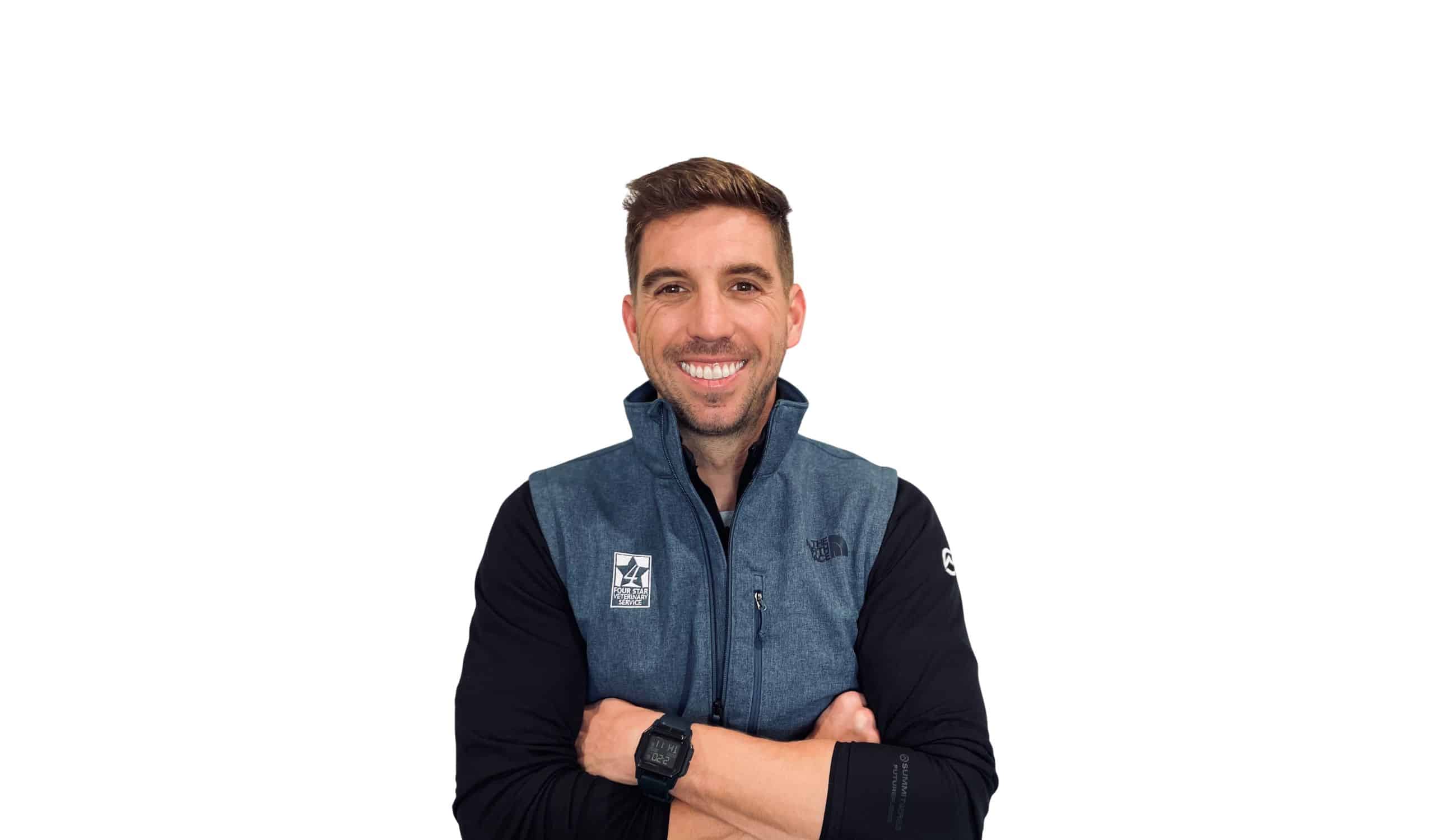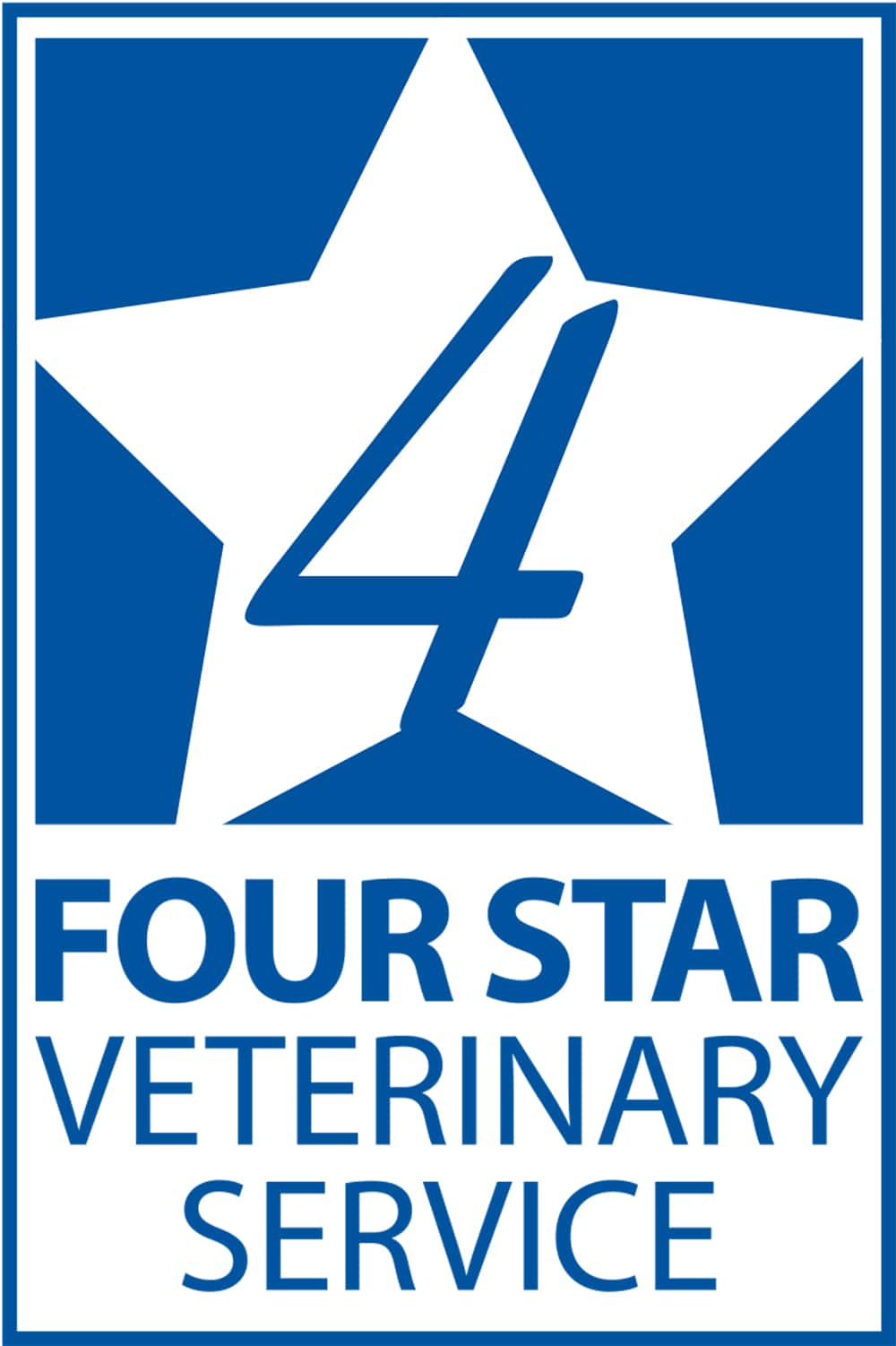
It’s something no one wants to see: You go out to check feedyard calves and find a nice one lying dead. Overall, the cattle look fine, just as they did yesterday. If another calf or two die the next day, Histophilus somni (H. somni) could be the culprit, and it’s time to call your veterinarian.
The challenge is that this respiratory bacterium is ever-present. “If you look for it, you’ll find it whether the animal is sick or not, which makes H. somni that much harder to identify as a concern,” said Taylor Engle, DVM, Four Star Veterinary Service.
While some other pneumonias will surface 10 to 14 days after cattle arrive to the feedyard, H. somni affects cattle 30 to 60 days after shipping. “It goes from zero to 100. It won’t take 10 days; it will be a rapid fatality,” he added.
Often death is the first clinical sign that a producer notices, and within a week there could be 10 dead calves in a pen of 100. In all, death loss can claim 5% to 25% or more of cattle in a group.
“The incidence has been increasing in the cattle that we see,” Engle noted. Historically, the Northwest and Midwest accounted for the bulk of H. somni cases, but today it can be found throughout the US.
Stress is the driver
Most H. somni cases tend to occur from October to January, but cases can surface anytime. Stress is the driver, and any number of stressors can trigger a challenge. It could be hot days and cool nights in the fall, shipping long distances or overcrowded trailers or pens. Commingled cattle made up of different genetics and health status is another common stressor today.
“A lot of feedyards get cattle from different operations or sale barns,” Engle noted. “There could be a 300-pound difference in weights, or the cattle could have different backgrounds and disease status.”
Heat stress and cold stress present their own unique challenges. Dehydration will impact the mucus membrane of the calf, which is its first line of defense to remove respiratory pathogens from the animal. “If that is diminished, it gives the pathogen quicker access to the lungs and blood stream. It can eventually become septic,” Engle said. That means the pathogen moves throughout the body — to the joints, brain, lungs, heart — so it can affect the animal in several different ways.
“We tend to see damage to the heart and rapid, fatal pneumonia,” he added. “The animal will get necrotizing myocarditis, which can resemble a heart attack, and they just fall over dead.”
Any early indicators mirror classic bovine respiratory disease symptoms — open-mouth breathing, slobbering, fever.
Management is key
Medications to prevent or treat H. somni are limited. “This is not a disease that you can vaccinate your way out of,” Engle said, “and antibiotics might show a response in the lab but that doesn’t always translate to the field.”
So, prevention hinges on feedyard management to mitigate stress. “Focus on areas of high disease pressure. What you do in the first 10 to 14 days after the cattle arrive to the feedyard is paramount,” he noted. “If calves have a bad experience that first week, it will probably follow them all the way through.”
Biosecurity and biocontainment are key to prevention. But what does that entail? “I was recently on a calf ranch, and they were all wearing personal protective equipment but not boot covers,” Engle said. “That’s not true biosecurity.”
Make sure the pens are clean and dry for the calves’ arrival. Scrape indoor pens and change the bedding between groups. For outdoor pens, scrape the concrete slab around the feed bunk. “If you don’t want to lie down in a pen, then the animal won’t want to either,” he said.
Engle’s biggest pet peeve is dirty waterers and feed bunks. “You may be supplying clean water, but if the trough is dirty, it’s not accomplishing anything,” Engle noted.
Because cattle congregate around feed bunks and waterers it increases the potential for pathogen exposure through saliva and manure. He challenges feedyards to assign someone to scrub water tanks daily. “Nobody wants to do that, but it’s what you have to do if you want the best biosecurity,” he added.
Feed bunks are harder to clean and disinfect, but make sure they are checked and cleaned out daily. Minimizing stress also means having appropriate bunk space — 3 to 6 inches per head to start and more as the cattle grow. “Having enough bunk space is important to keep the disease pressure and stress down,” Engle said. “And you’ve got to get them to eat and drink upon arrival.”
Don’t pen new arrivals right next to older cattle. To honor that separation, prevent pen riders from going in and out of pens at will. Work from the newest cattle to the oldest. Make sure the incoming cattle are fully vaccinated according to your needs, and for feedyard injections, change needles often to keep them sharp.
Just hosing out a trailer is not an effective cleaning method. It needs to be scraped out, then washed with detergent, disinfected and allowed time to dry before loading the next group of cattle.
For heat stress, plan to reduce the impact by setting up a sprinkler system, shade and ventilation.
Other interventions
As noted previously, medical treatment is limited for H. somni, but there are some pro-active options. If the incoming cattle were likely stressed — such as a long transport — you can provide an antibiotic through the feed upon arrival in anticipation of a disease break, Engle noted.
“If 20 days after arrival a group looks terrible, medicate the water if you have the ability to do that,” he said. Also treat the feed and/or water if you identify sick animals in a group to prevent other cattle from getting sick. But plan to administer an injectable antibiotic to individual sick animals.
“If you apply all of those steps, you may still have a disease outbreak, but you will reduce the disease pressure and decrease the severity,” he concluded.
